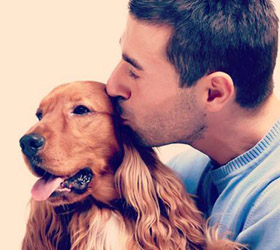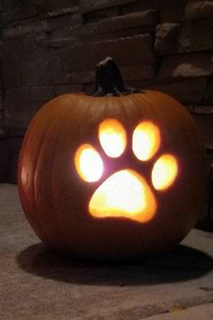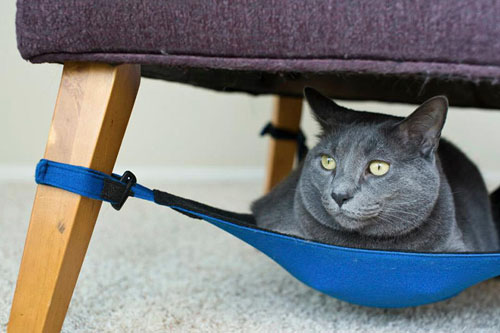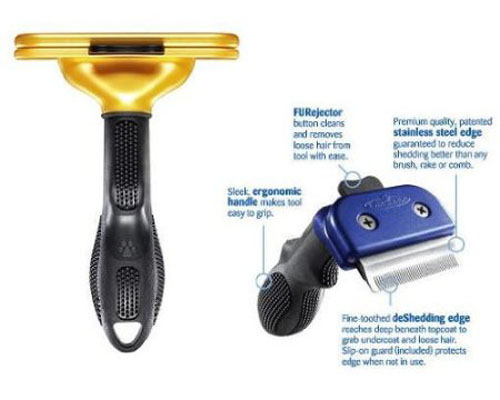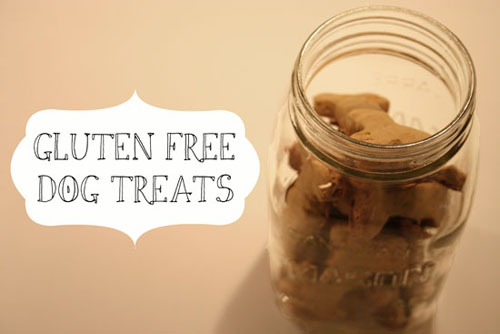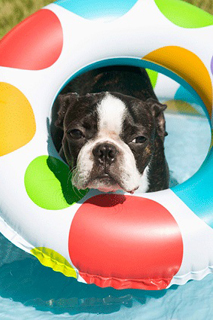School is just around the corner for most of us, and that means getting ready for a big change in routine too. Are you ready for it? 
With all the excitement of the kids going back to school, many families may not think about what it means to the dog or cat.
Pets often get anxious when kids go back to school
You’re out gather supplies, getting new clothes, going to appointments and so on, and it’s easy to forget what might be happening with your pets during this same time. Many pets realize something is about to happen (pets are good that way, they try and anticipate what we are doing and how it will affect their daily routine). Like most humans, pets crave a routine they can count on and back to school routine changes can make them worried, anxious and depressed.
When that happens what you may notice are changes in your pet’s behaviour, see them acting sad, moping around and sleeping a lot more. Your dog begins chewing things, your cat is not using the litter box or you see other signs of acting up. Yes, back to school time can be very stressful for your pet.
Pets love routine because it makes them feel secure. They like knowing that certain things happen around the same time each day and they know what they are supposed to be doing when it happens. If your pets have spent the summer having kids around all day and suddenly they are gone most of the day and busy with homework at night, that can really hurt because it is a different routine and one that they’re not part of. Some pets just feel sad and confused and others feel real separation anxiety and may show it by misbehaving.
Kids and parents can help pets get through the blues by making them part of the back-to-school routine.
This is a family matter and a good opportunity for the kids to get an understanding of how changes can affect their pets. Let your kids know that their dog or cat is going to miss them when they’re gone all day and discuss what they can do to help them through through it.
Among the best ways for a pet to get over the loss of one routine is to immediately create another routine. If your pet knows that at 3:45 your youngsters will be home from school ready to play with him before they begin their homework, your pet has something totally new to look forward to. As you are working out your children’s school time routines, be sure to integrate time spent with your pets in there. Most pets like to have their family job and share time, so one of their jobs might be to sit or lay while your child reads to the pet. If you think of it, there can be many ways your pets can ‘help’ and be included in the new routine. And once they know what the routine is and where they fit in it, they will relax and continue to be the furry family member that adds so much to your lives.
And while you are out shopping for new back-to-school clothes, why not get something new for your pet? A new snazzy collar or leash to use when you walk the kids to the bus stop or for their ride when you take the kids to school.
It’s up to you and your kids to make your pets feel secure in ways they understand. And if your pet is still having issues with the kids being back in school, give your vet a call and discuss it with them. After all, that is what we help pet owners do every day, find the right pet professional to help pet owners have happy and healthy pets!

